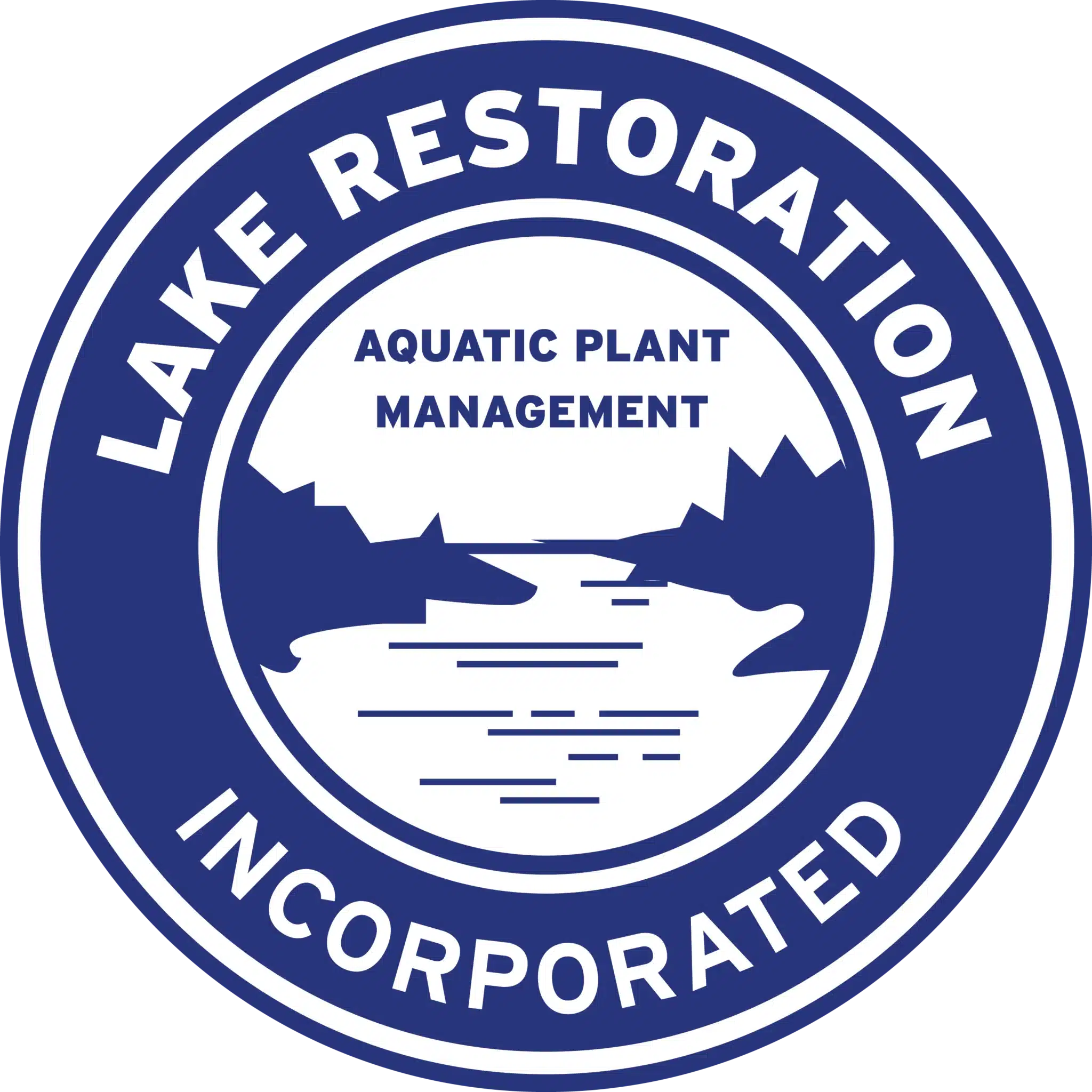Toxic Algae vs. Harmless Algae
Algae can appear in different forms and different colors. Is your algae safe, or is it toxic? There is no way to just look at an algae bloom and tell if it is toxic.
Green Algae can be picked up when a stick test is done. If you poke a stick into the algae and the algae grabs on to the stick, is stringy and has a texture, this will tell you that it is a filamentous algae and it is safe. It is the Blue Green algae that can be harmful. There have been pet and livestock deaths due to the amount of consumption.
Cyanobacteria, also known as blue-green algae, looks like someone took a can of green paint and dumped it into a body of water. This bacteria can also be reddish-purple or even brown in color and is also known in the marine environment as “red tides”. Harmful algal blooms can decrease the water quality, produce an awful odor or taste, and cause the production of algal toxins. When a stick test is done, the algae will not grab on to the stick. There is no consistency to blue-green algae and it will make the tip of the stick wet. Not all cyanobacteria algae is toxic. And even if your algae tests non-toxic one day, the next day it can turn toxic.
As algae dies, it produces toxins and some of those toxins may be harmful to humans and wild life if the water is ingested or comes into contact with the skin. As the summer temperatures rise, you can experience a new algae bloom every 10-14 days. With every algal bloom, it is very important to use a copper-based algaecide to keep the algae and scum levels under control. Our liquid, concentrated algaecide, Mizzen™, may be used in fresh water lakes, ponds, potable water reservoirs, water gardens, irrigation ditches and many other bodies of water. Mizzen will help control nearly all types of planktonic and filamentous algae and chara.
In addition to an algaecide, the use of phosphorus reducer is very important to improve water clarity and help prevent or reduce nuisance algae blooms. Storm water, animal waste and fertilizer are just a few ways that phosphorus can get into your body of water. Our PhosControl® makes an invisible layer on the bottom of the pond and bonds with the phosphorus making it unavailable to aquatic plants and algae. Each pound of phosphorus can produce 500 pounds of aquatic plant and algae growth.
Making sure that your water’s nutrients levels are under control will help in deterring future weed and algae growth. With the warmer weather that we have been experiencing, the water temperatures are heating up and if you mix that with high levels of phosphorus, chances are you will have an algae bloom.

